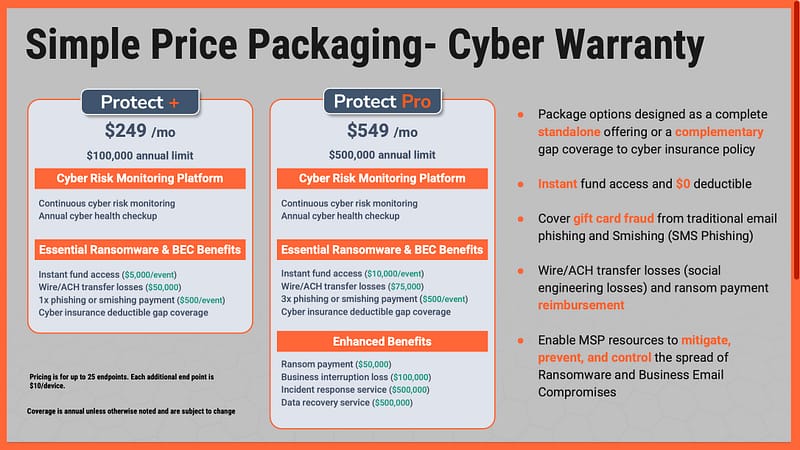The question that should be asked by anyone is who’s responsible for making sure the business is running properly and profitable is “How can I reduce my operational cost and get more resources in my business?”
One of the best ways to do this is to outsource I.T. which is the technology support and management of the software and hardware used to keep your business operating.
Non-Core Business Functions
I.T. support is a non-core business function and most businesses should be looking to outsource their non-core business functions. Let’s talk about what are non-core business functions.
Let’s go to this practice and ask yourself this: “If you’re not an accounting firm, why are you doing your own accounting?” “If you’re not a law firm, then why are you making legal decisions?”
In the same respect, if you’re not a technology company, then why are you handling your own I.T. Companies need to focus on what they do best and what makes them money and leave everything else to other resources that are more skilled and capable of handling those things better.
What IT Services can be outsourced?
Let’s talk about what I.T. services can be outsourced. The role of your IT provider is to free up your time and your employees’ time when it comes around technology.
Some of the ways they should be doing this are:
(1) Vendor management. They should be managing all of your technology vendors. You and your staff should not be spending nonproductive time talking to your vendors when there’s any technical issues.
(2) Technology planning. Researching new and existing technology and striving to fit your company outsourced IT should know your business, be able to offer options that you can make educated decisions on without you spending your own time doing all the work of researching.
(3) Optimizing the adaption and use of technology. Since your IT outcourced company gets compensated based on the size of your company, they’ll be motivated to help you grow. Your growth and their growth will be in alignment. They’ll have a high motivation to make you more productive.
(4) Solving problems around technology. “They should be proactively finding ways to prevent issues that delay productivity, and then be the listening ear and the helping hand, though solve problems when they do arise. Because nothing is ever perfect. Something will happen.
You should be looking to free up your business resource from dealing with technology issues. Small businesses cannot afford to hire the best talents in-house, and they go that route because normally that’s not the best talent but the mediocre talent at the cheapest price and that is a formula for disaster.
In business, good enough does not equal success. There’s no growth in good enough. Hiring in-house looks cheaper at the beginning but most businesses look at the course of hiring an outsource company but don’t spend the time to calculate how much it costs them to hire and retain staff.
The Cost of Hiring In-house
So let’s take a look at the cost of hiring a single person in-house to take care of your IT. In this example, I will not include the costs of finding the right candidate such as paying for an ad or the cost of hiring a headhunter or staffing company, the lost time for you and the company for training, etc. Assuming you got lucky and you found the candidate at no cost to the company.
But after reviewing the latest article from Salary.com a qualified network entry-level engineer will cost about $70,000 annually as a base salary. But it doesn’t stop there. If you include bonus, social security, 401k, disability, healthcare, pension, and time off, that goes to as high as $70k to $120k investment.
Also think about a productive employee who bills you 8 hours for only about 6 hours of work a day. Why is that? With their lunch breaks and morning coffee, it takes an average person 50 minutes in the morning to start and 50 minutes to reengage every time they’re interrupted by the phone, email, text, web meeting, etc. This does not include downtimes or any technical issues that slow their day.
Also, most people start before the end of the day, 30 minutes before the shift is over. So 6 hours of work workweek is a good day for a productive employee. So out of the $120k being paid, excluding 25% or 30,000 hours of time per employee, the less productive employees, the more the company loses.
So what is the solution? The solution is to think smart and leverage a pool of talent available by outsourcing. They can do a better job and you save because you do not pay for the time they do not work. You have a lower operational cost.
Contact us to get a quote for outsourced IT services.















